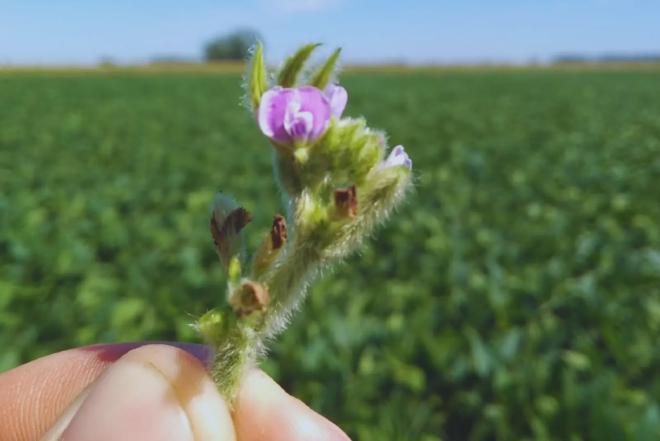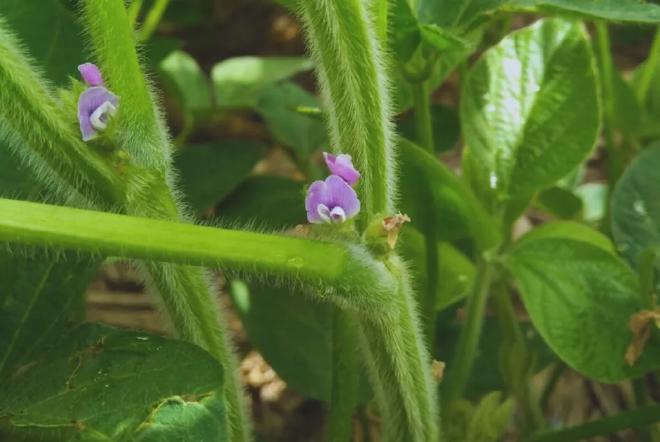

The decline of pollinators, in terms of abundance and species richness, stands out as an important problem due to the risk of a significant decrease in crop pollination and, therefore, in their production. For this reason, a research team from INTA Marcos Juárez —Córdoba— evaluated the impact of biotic pollination, a process mainly facilitated by insects, on the yield and quality of soybean grain by incorporating honeybee hives into the production system.
Pablo Cavigliasso —researcher at INTA Marcos Juárez— explained that for this study “microplots with biotic pollination treatments were compared against self-pollination, and the activity of pollinators was also evaluated at different distances from a set of honeybee hives.”
Managed hives significantly increased pollination activity within a radius of 150 meters, with a 72% reduction in observed visits beyond 300 meters.

“Although soybeans have always been considered an essentially self-pollinating species, recent research shows that they are also largely pollinated primarily by insects”, stated the researcher.
Cavigliasso said that “economic evaluations highlight the feasibility of integrating professional pollination services into agricultural practices, in line with sustainability goals.” He added that “biotic pollination generated an increase comparable to the average annual genetic gain accumulated over the last 35 years for the studied productive region, which shows the complementary potential of both approaches to maximize yields.”
On the other hand, honeybees visit soybean flowers more frequently than other insects. Previous studies have shown that soybeans are an important nectar resource for honey production in this region, “even, -Cavigliasso pointed out-, generating in certain cases monofloral honeys where soybeans are the main source of resources for bee colonies during the peak flowering of the crop. This is especially relevant in Argentina, where approximately 15 million hectares are cultivated with soybeans annually.”
“To maximize the benefits of biotic pollination and ensure the environmental sustainability and profitability of soybean production systems in the long term, it is crucial to strengthen collaboration among researchers, farmers, and beekeepers,” concluded Cavigliasso.
Contact [Notaspampeanas](mailto: notaspampeanas@gmail.com)

